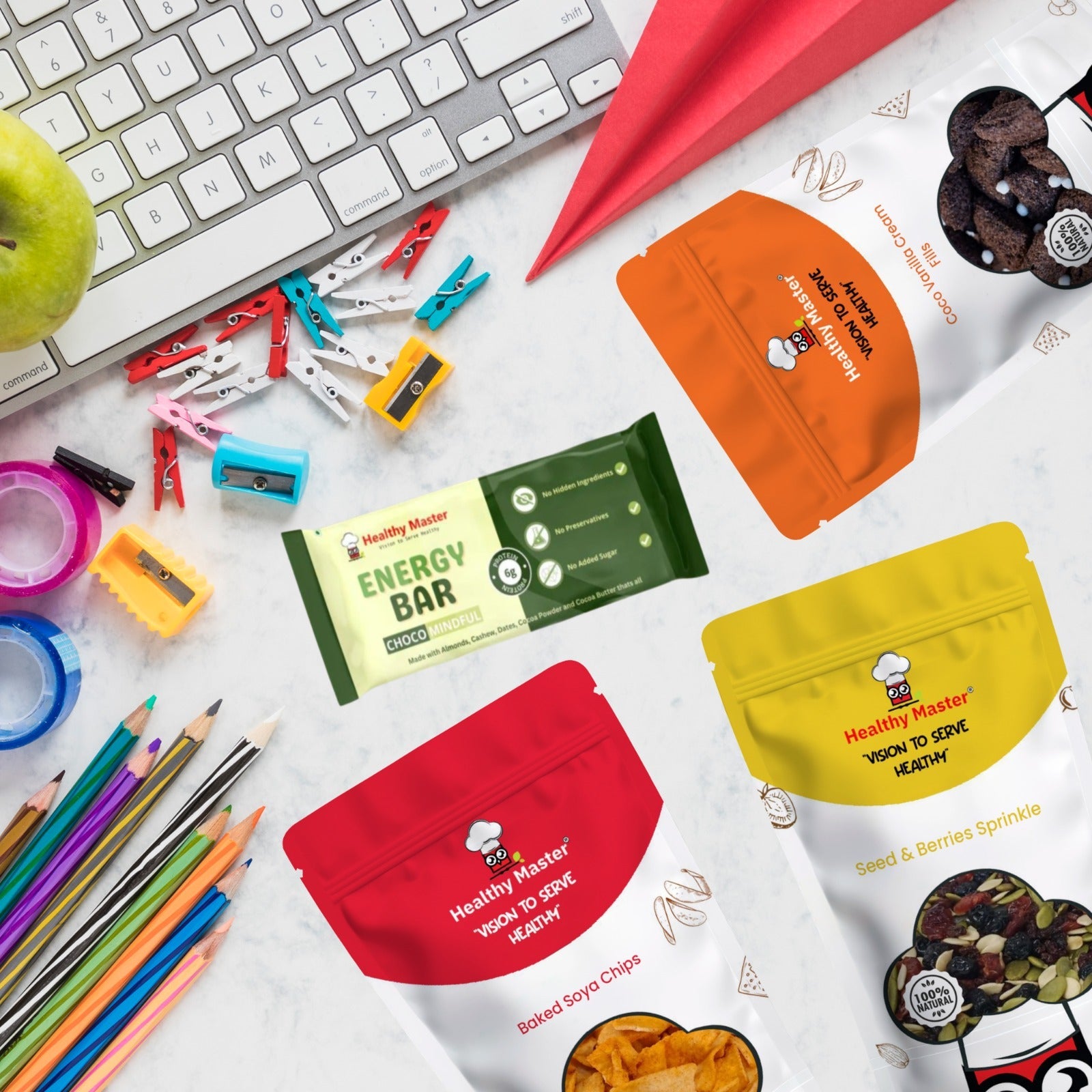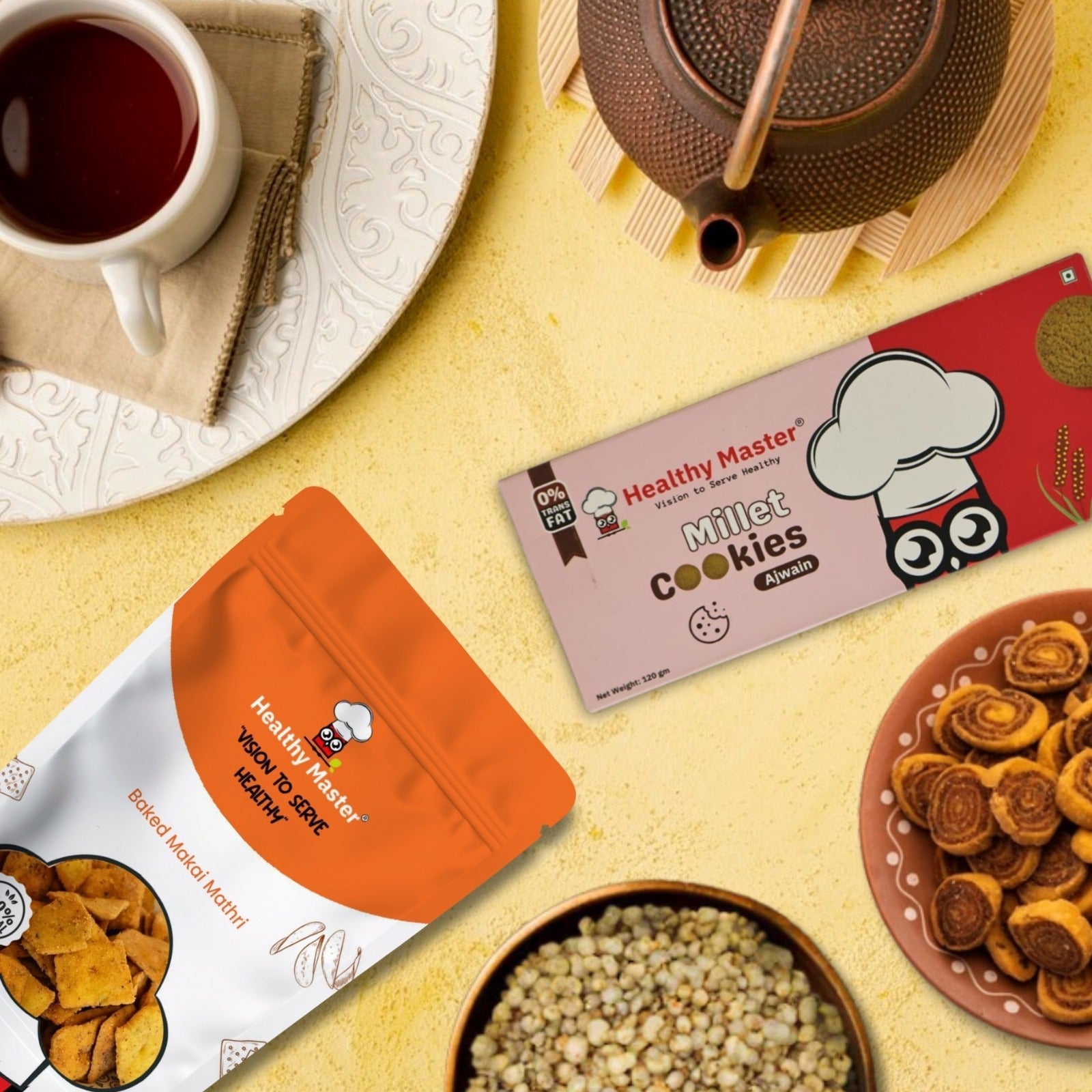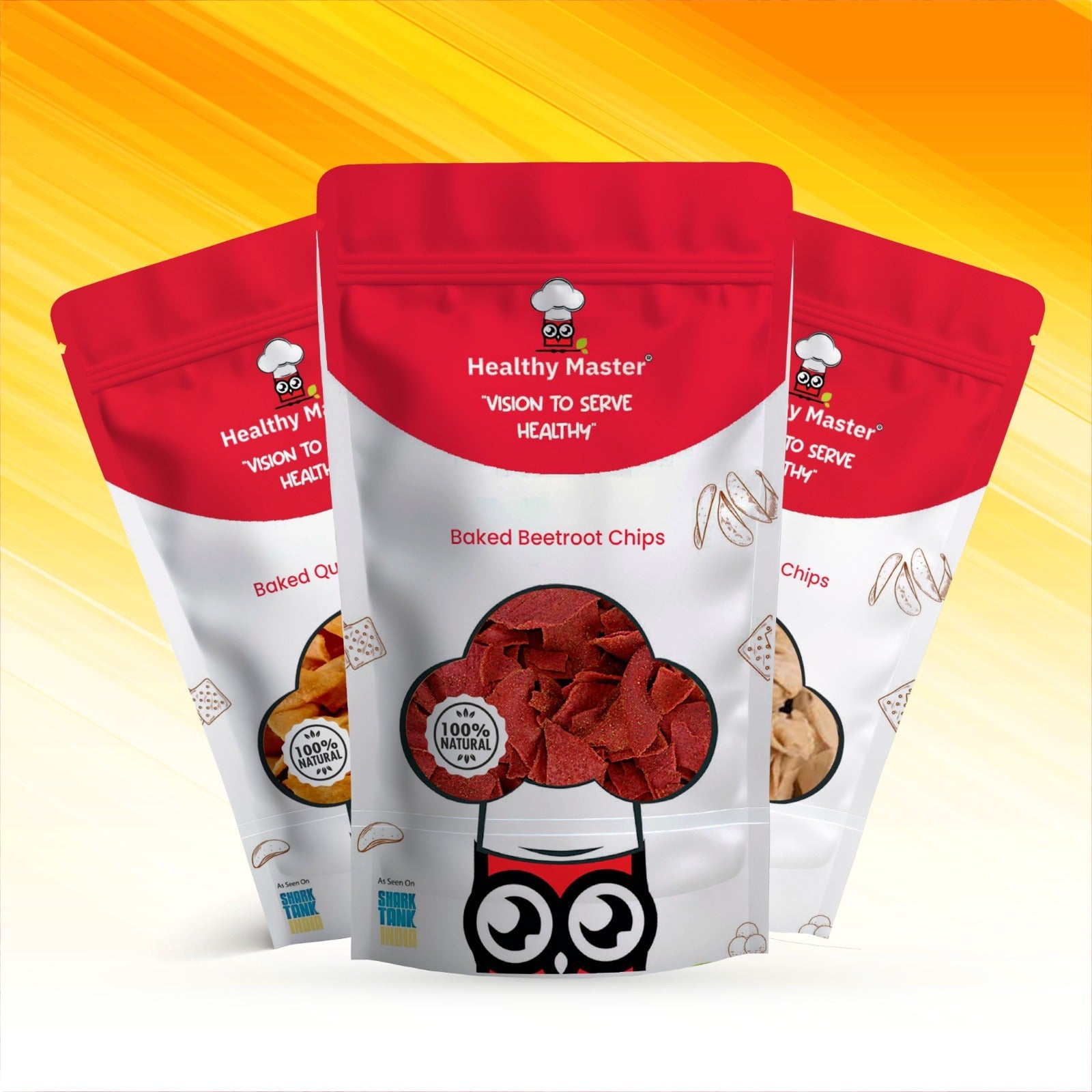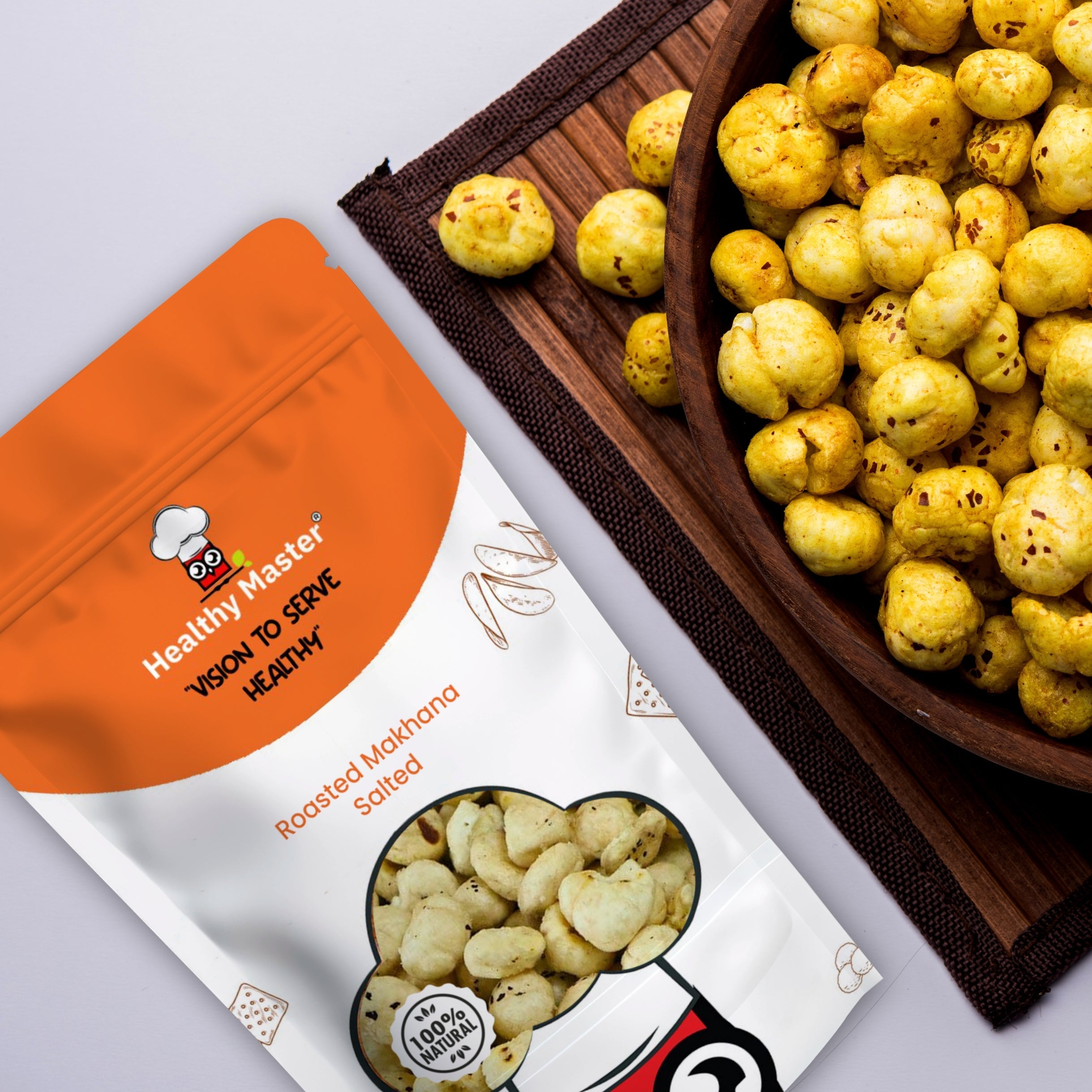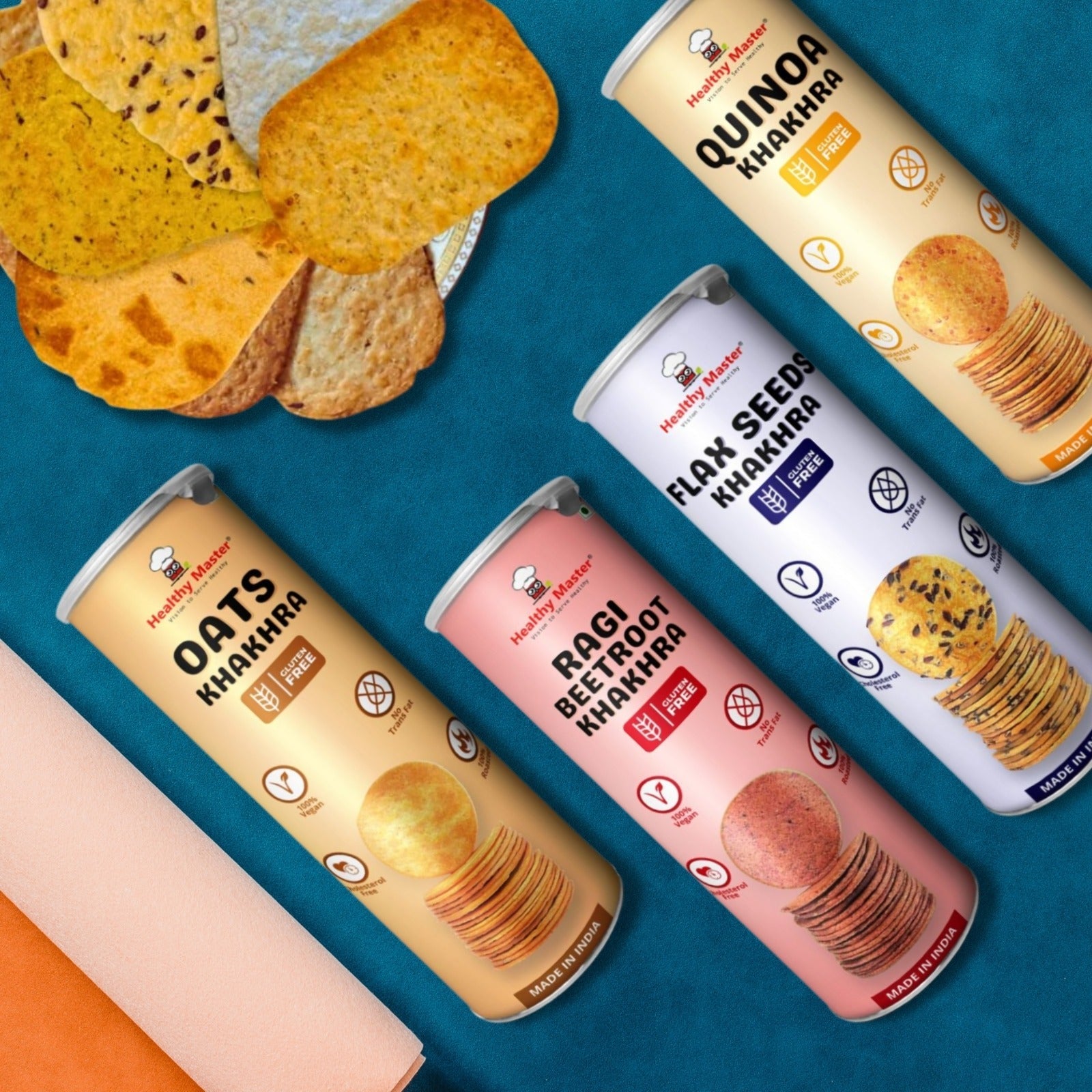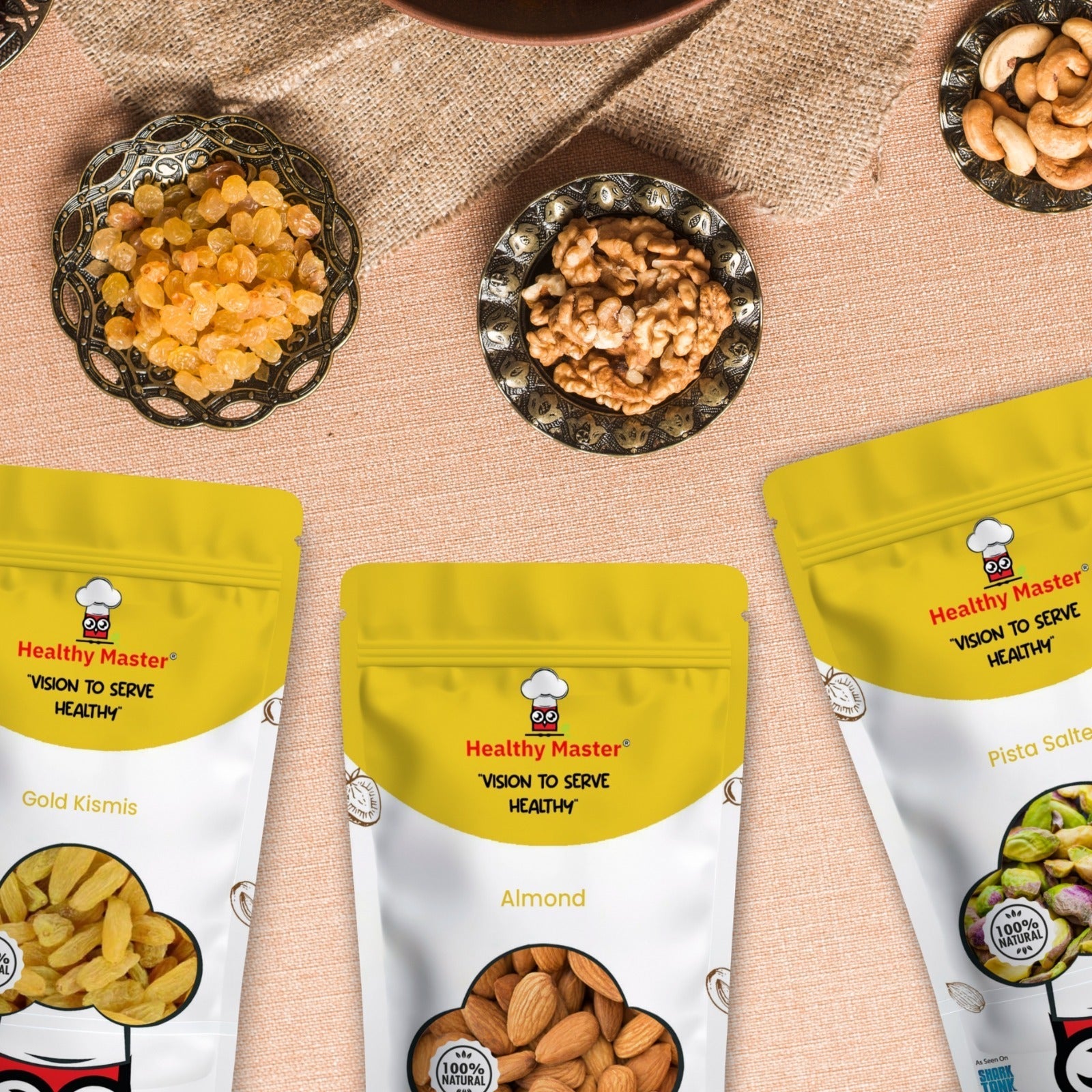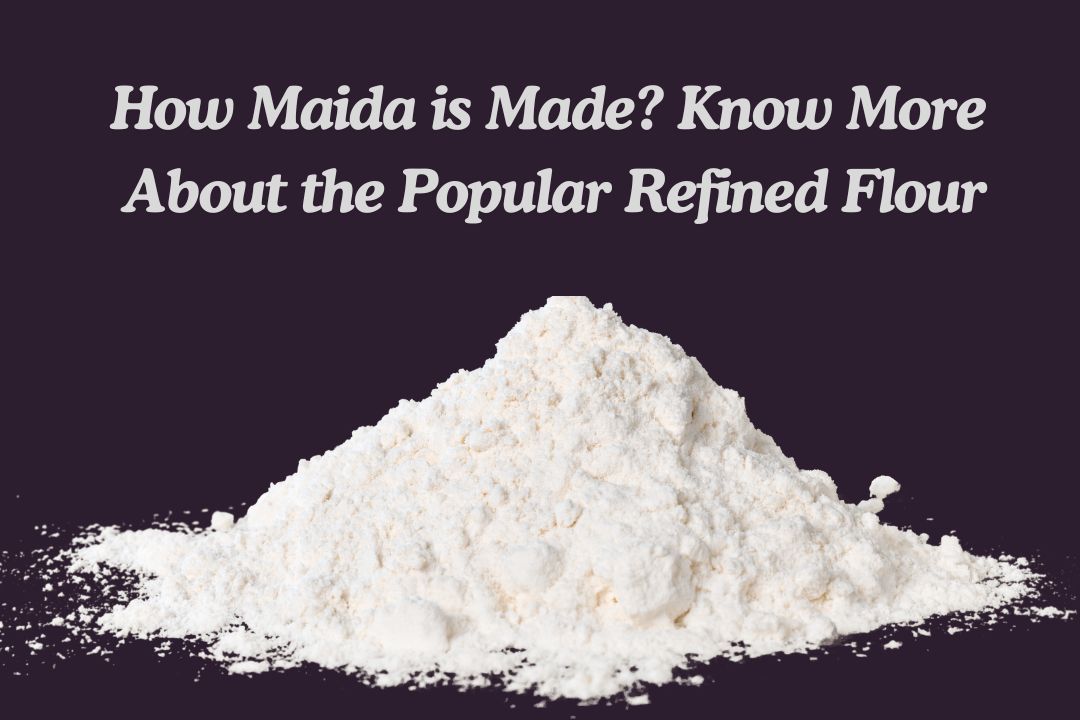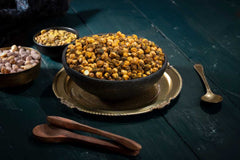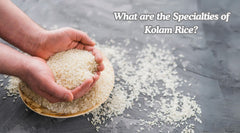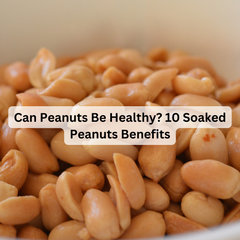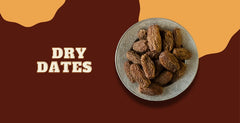Refined flour, simply called maida, is everywhere, especially if you love snacking. From pizzas to samosas, kachori, and biscuits, everything is made using maida. This is a highly processed fine wheat flour containing high calories but very low or minimal nutritional value. On the other hand, they also have a higher glycemic index when compared to wheat flour. Although moderate consumption of this flour is still safe, regular consumption can lead to various digestive problems. Therefore, it is very important to switch to something healthy and nutritious if you have a snacking habit. Here you will find more information on Maida and why it should be avoided in your diet.
What is Maida Made Of?
Have you ever thought about how maida is made? As the name all-purpose suggests, maida is highly processed. You can know this difference when you touch maida and atta. Maida feels a lot softer, whereas atta is coarser in its texture. However, both maida and atta come from wheat grains. The main difference is that maida is made using the endosperm of the wheat grains, whereas atta contains all the good qualities, like the endosperm, germ, and bran of the wheat grain. In simple words, atta is less refined, whereas maida is milled and bleached excessively.
According to studies, maida may contain different chemicals like alloxan and benzoyl peroxide, which are usually added during the bleaching process. Atta is undoubtedly a part of the Indian diet routine; however, maida usually makes an appearance once in a while during festivities to prepare some special dishes and savory items. However, the problem is that most people have started consuming maida regularly. This can be directly in the form of parottas, buns, or cakes, or in indirect forms like snacks and biscuits. Most people make impulsive decisions when it comes to their diet and choose maida-based snacks and foods.
However, if you have a habit of snacking regularly, it is important to look for snacks that are made of whole grains, millet, or protein. If you are looking for such options, Healthy Master can provide you with an amazing range of millet-based snacks. They are not just delicious, but also nutritious when compared to other options.
Ingredients in Maida
Maida is essentially produced from wheat grain endosperm. Bran and germ, where the fiber and nutrients are located, are entirely stripped away in the process of milling. All that's left behind is the starchy white endosperm, which is milled into a very fine powder.
Although no extra ingredients are usually added during processing, maida is usually bleached to produce a white color. Benzoyl peroxide or chlorine dioxide are common bleaching agents used in some nations. It is a cosmetic process that doesn't contribute any nutritional content.
In some areas, maida is enriched with minerals and vitamins like iron and B vitamins, particularly in countries where fortification is compulsory. These supplements, though, still fall short of the naturally available nutrients in whole grain flours.
Uses of Maida in Everyday Life
Maida finds extensive application in Indian homes and food processing sectors because of its softness and versatility. Some of its typical applications are:
-
Indian Foods: Consider parathas, naans, pooris, bhature, samosas, and momos — all of which traditionally employ maida.
-
Bakery Items: Cakes, bread, cookies, pastries, and biscuits are primarily prepared using maida due to its softness and lightness.
-
Snacks and Fast Foods: Fried foods such as pakoras, noodles, pastas, spring rolls, and even pizza crusts are typically prepared using maida.
Although it's appetizing and tasty, its overuse in daily meals goes a long way in causing poor eating habits and long-term health dangers.
Is Maida Good for Health?
Consuming too much refined flour can lead to different diseases like obesity, PCOS, diabetes, and other digestive problems. On the other hand, maida contains empty calories, which are stripped of fibers, vitamins, minerals, antioxidants, and proteins. Whole grains contain different types of complex carbohydrates that are rich in fiber, proteins, vitamins B1, B2, folate, and riboflavin. So, if you are asking a question whether to completely avoid maida from your life, the answer is NO. You should always know that moderation is the key.
However, if you have a habit of consuming maida-based snacks regularly, it is important to make a switch to millet-based snacks and choose them once in a while.
Health Issues Caused by Regular Consumption of Refined Flour
Blood Sugar Spikes and Insulin Resistance: One of the most immediate and major health effects of consuming maida is its impact on blood sugar levels. Maida has a high GI (glycemic index), which means it is quickly absorbed into the bloodstream, causing a spike in blood sugar levels. This can be very risky for individuals suffering from diabetes or at risk of developing the condition. Regular consumption of maida can also lead to insulin resistance, which is a problem where the body becomes less responsive to insulin.
Obesity and Weight Gain: Another major problem associated with regular consumption of maida is weight gain and obesity. The rapid spike and quick drop of blood sugar levels caused by maida often leads to feelings of hunger. This will lead to overeating and weight gain. Although maida is calorie-dense, it does not have any type of fiber that keeps you full. This might make you consume a lot of calories without even feeling satiated. Over time, this leads to body fat, which can cause different types of metabolic diseases.
Digestive Issues: Refining maida strips away most of its dietary fiber. As you might know, fiber is very important to ensure proper digestion as it adds bulk to the stool and keeps the bowel movement smooth and regular. A diet that is very high in fiber or very low in fiber can lead to different digestive issues. Regular consumption of maida can lead to different problems like constipation, irregular bowel movements, and bloating. Therefore, if you are consuming them, keeping them in moderation is very important.
Apart from the above-mentioned health problems, maida can also lead to other issues like cardiovascular health issues, skin problems, impact on mental health, addiction-like cravings, etc.
Alternatives to Maida
It's simpler than you believe to switch to healthier flours. Here are some great options:
-
Whole Wheat Flour (Atta): Less processed and includes the bran and germ, hence full of fiber and nutrition.
-
Multigrain Flour: A mix of whole grains such as wheat, oats, barley, ragi, and more — ideal for nutrition balance.
Almond Flour: Rich in protein, healthy fat, and ideal for baking.
Oat Flour: High in beta-glucan and great for cardiovascular health.
Millet Flour: Gluten-free by nature and rich in minerals — employed in most of Healthy Master's snacks.
By opting for these substitutes, you not only avoid the health hazards of maida but also boost your daily nutrient consumption.
Also read about: Benefits of Millets
Conclusion
Although maida is a very convenient and versatile ingredient that you can use for making a lot of dishes, especially snacks, its negative effects cannot be ignored. Regular consumption of maida can lead to a lot of problems, from blood sugar spikes to weight gain. In order to mitigate these effects, it is important for you to limit the intake of maida and opt for whole grains and other healthy options.
If you are looking for healthy snacks for your family, you will find some of the best provided by Healthy Master. All the snacks are maida-free, millet-based, and free from any type of preservatives and additives. These snacks are also packed with dietary fiber, vitamins, and minerals that will help you maintain good health and prevent the adverse effects associated with consuming refined flour. Making mindful choices and excluding maida from your diet can give you many amazing health benefits.
Frequently Asked Questions
-
Is maida made from wheat?
Yes, maida is made from wheat. It is derived from the endosperm part of the wheat grain after removing the bran and germ.
-
Is maida good for health?
In moderation, occasional use of maida is fine. However, regular consumption can lead to various health issues like obesity, diabetes, and digestive problems due to its high glycemic index and lack of nutrients.
-
Why is maida bleached?
Maida is often bleached using agents like benzoyl peroxide to give it a brighter white color and softer texture. The bleaching process doesn't enhance its nutritional profile and is mainly cosmetic.
-
Can I use maida instead of atta?
Technically, yes, but nutritionally, no. While maida and atta can be used interchangeably in recipes, atta retains more nutrients and is much better for health. If you're making something regularly, atta or millet flour is the smarter choice.
 Deal of the week : Trial Snack Box - 18 Wholesome Delights Just at ₹ 899.00
Deal of the week : Trial Snack Box - 18 Wholesome Delights Just at ₹ 899.00

